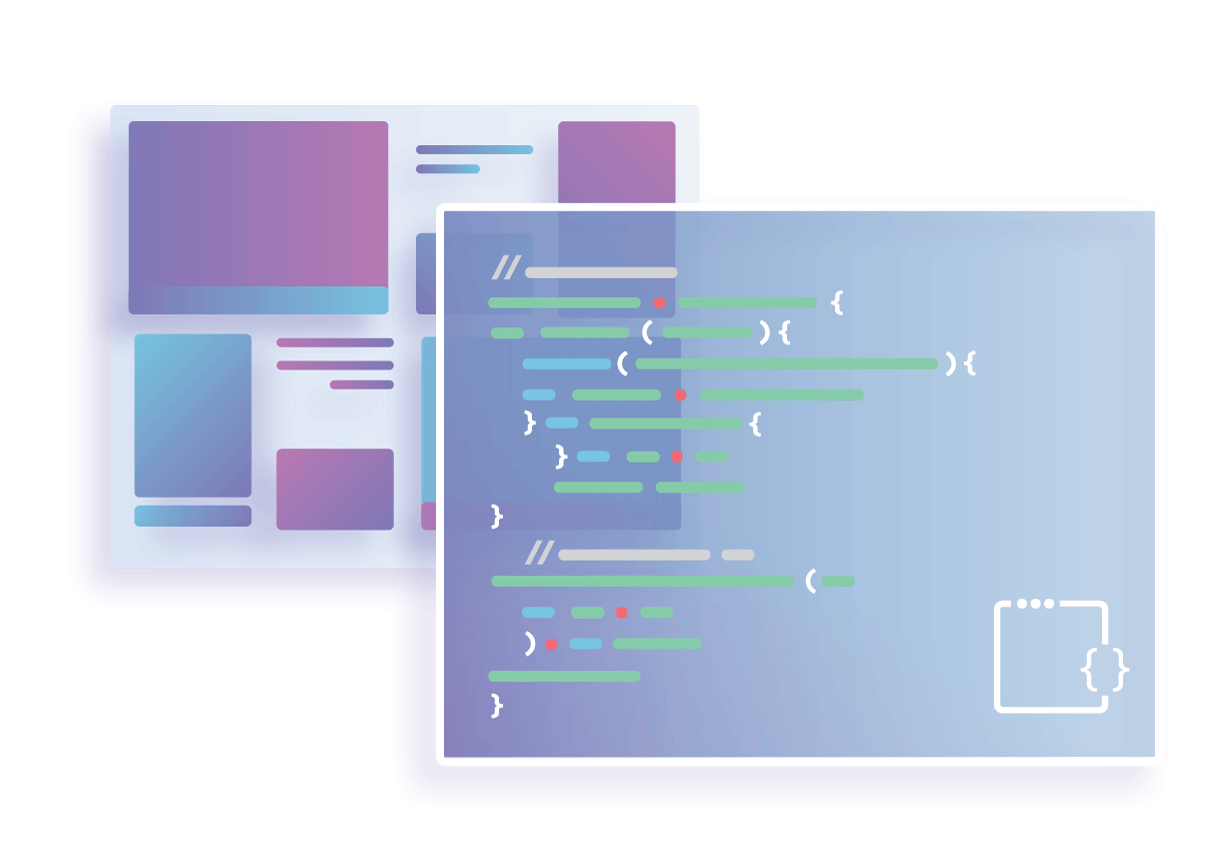Top Oracle Exec Thomas Kurian Takes ‘Extended’ Break
 Kurian, who reports directly to CTO Larry Ellison, didn’t say when he’ll return or why he’s taking time off.
Kurian, who reports directly to CTO Larry Ellison, didn’t say when he’ll return or why he’s taking time off.
Our Docker Certified Associate Training Series Is Here!
In this course, you’ll learn the technologies behind Docker, while following the requirements for the Docker Certified Associate exam. This Course is taught by Andrew Crouthamel and is 3hours and 17 minutes long.
In this training series, you will learn how Docker works, and how it compares to existing virtualization technologies. You will learn how to install and configure Docker, retrieve and create containers, as well as their required pieces, such as virtual networks, data volumes, and repositories. Lastly, you will learn how to orchestrate numerous dockers in clusters, and create your own container registries.
Interested in watching? You can view this course by logging into your members account. You can also purchase this course for download at ine.com.
The Week in Internet News: ‘Five Eyes’ Demand Access to Encrypted Information

Prying eyes: The so-called Five Eyes – the surveillance alliance of Australia, Canada, New Zealand, the U.K. and the U.S. – pledged not to weaken encryption, at the same time as the countries are pushing tech companies to give them access to encrypted evidence, notes SearchSecurity. Representatives of the five countries released a new “Statement of Principles on Access to Evidence and Encryption,” after a recent meeting in Australia. Encryption can help “child sex offenders, terrorists and organized crime groups … frustrate investigations and avoid detection and prosecution,” the statement suggests. More at ZDNet.
AI as public enemy No. 1? Artificial Intelligence is a bigger concern than climate change or terrorism, says the incoming president of the British Science Association, The Telegraph says. Really? AI progress is “happening too fast” without enough scrutiny or regulation, according to physics professor Jim Al-Khalili. It certainly wouldn’t be the first time technology has outpaced regulation.
AI vs. democracy: Meanwhile, AI is transforming social media, with major implications for democracy, worries Clint Watts, a distinguished research fellow at the Foreign Policy Research Institute, in an opinion piece at the Washington Post. “Over the long term, AI-driven campaigns may well be the undoing Continue reading
Life on the Network Edge
Evolving network architectures and the demands of new application areas like IoT are bringing the network’s edge into greater focus.
EU Copyright Vote: A Critical Juncture for the Open Internet
Back in June, we blogged about the draft EU copyright proposal which is currently making its way through the legislative process in Brussels. We outlined how under one of the more controversial provisions within the draft Directive, Article 13, certain Internet platforms could be held legally responsible for any copyright content that their users upload and would effectively have to turn to automated filtering solutions to remove infringing content at the point of user upload. Moreover, in order to avoid potential legal liability, it is widely expected that content sharing providers would err on the side of caution and remove excessive amounts of content, resulting in a form of online censorship.
Since that blogpost, the European Parliament Plenary narrowly voted on 5th July to reject the proposal tabled by the Legal Affairs (JURI) Committee and a mandate to negotiate, and now the proposed Directive will undergo a full discussion and rescheduled vote in the next Plenary meeting on 12th September. This was a fantastic outcome, thanks in large part to a groundswell of support from those who value the fundamental right of freedom of expression online. It has presented a window of opportunity to correct the deeply flawed approach to Continue reading
Are BGPs security features working yet?
Are BGPs security features working yet?
Fixing an old hack – why we are bumping the IPv6 MTU
Back in 2015 we deployed ECMP routing - Equal Cost Multi Path - within our datacenters. This technology allowed us to spread traffic heading to a single IP address across multiple physical servers.
You can think about it as a third layer of load balancing.
- First we split the traffic across multiple IP addresses with DNS.
- Then we split the traffic across multiple datacenters with Anycast.
- Finally, we split the traffic across multiple servers with ECMP.

When deploying ECMP we hit a problem with Path MTU discovery. The ICMP packets destined to our Anycast IP's were being dropped. You can read more about that (and the solution) in the 2015 blog post Path MTU Discovery in practice.
To solve the problem we created a small piece of software, called pmtud (https://github.com/cloudflare/pmtud). Since deploying pmtud, our ECMP setup has been working smoothly.
Hardcoding IPv6 MTU
During that initial ECMP rollout things were broken. To keep services running until pmtud was done, we deployed a quick hack. We reduced the MTU of IPv6 traffic to the minimal possible value: 1280 bytes.
This was done as a tag on a default route. This is Continue reading
Routing in Data Center: What Problem Are You Trying to Solve?
Here’s a question I got from an attendee of my Building Next-Generation Data Center online course:
As far as I understood […] it is obsolete nowadays to build a new DC fabric with routing on the host using BGP, the proper way to go is to use IGP + SDN overlay. Is my understanding correct?
Ignoring for the moment the fact that nothing is ever obsolete in IT, the right answer is it depends… this time on answer(s) to two seemingly simple questions “what services are we offering?” and “what connectivity problem are we trying to solve?”.
Read more ...Bob Ross, Lorem Ipsum, Heroku and Cloudflare Workers

It may not be immediately obvious how these things are related, but bear with me... It was 4pm Friday and one of the engineers on the Cloudflare Tools team came to me with an emergency. "Steve! The Bob Ross Ipsum generator is down!".
If you've not heard of Lorem Ipsum, it's an extract from a latin poem that designers use as placeholder text when designing the layout of a document. There are generators all over the web that will spit out as much text as you need.

Of course, the web being the web that we all love, there are also endless parodies of Lorem Ipsum. You can generate Hodor Ipsum, Cat Ipsum and Hipster Ipsum. I have a new, undisputed favourite: Bob Ross Ipsum.
Not growing up in the U.S., I hadn't come across the lovable, calm, serene and beautiful human that is Bob Ross. If you haven't spent 30 mins watching him paint a landscape, you should do that now. He built a following as host of the TV show “The Joy of Painting” which ran on the U.S. PBS channel from 1983-1994. He became famous for Continue reading
Introducing Real World Serverless – Practical advice on how to use Cloudflare Workers

We’re getting the best minds on serverless technology from Cloudflare together to lead a series of talks on practical use cases for Cloudflare Workers. Join any of these six global talks for stories of how companies and developers are using serverless in the real world.
San Francisco - London - Austin - Singapore - Sydney - Melbourne
Want a Real World Serverless event in your city? Interested in sharing your stories and experience deploying serverless apps in production? Email [email protected] and let’s put something together.
Check out the event details and register through the Eventbrite links below.
Real World Serverless - San Francisco

Sept 11th, 2018, 6:00pm-9:00pm
In partnership with Serverless Meetup
Location: Heavybit - 325 9th St, San Francisco, CA 94103
View Event Details & Register Here »
Real World Serverless - London

Sept 18th, 2018, 6:00pm-9:00pm
Location: Cloudflare London - 25 Lavington St, Second floor SE1 0NZ London
View Event Details & Register Here »
Real World Serverless - Austin

October 2nd, 2018, 6:00pm-9:00pm
In partnership with ATX Serverless Meetup
Location: Downtown Austin
Website Security Myths


Some conversations are easy; some are difficult. Some are harmonious and some are laborious. But when it comes to website security, the conversation is confusing.
Every organisation agrees, in theory, that their websites need to be secure. But in practice, there is resistance to investing enough time and budget. Reasons for neglecting security include misconceptions surrounding Web Application security.
Below I’ve outlined some of the most common myths and misconceptions that can often put your website at serious security risks.
My website is not the target of an attack because it is small and I run a small business.
An average small business website is attacked 44 times per day. In addition, a low profile website is a nice playground for hackers to try out new tools and techniques. Hackers often use automated tools to find various vulnerable websites and don't discriminate when it comes to the size of the target. Any web application, even if it is not itself a target, may be of interest to attackers. Web applications with lax security are easy pickings for hackers and can be subject to a mass or targeted cyber attack.
The good news is that Continue reading
Even Better MANRS During August

We already discussed the MANRS activities during SANOG 32 where we organised a Network Security Workshop and signed an MoU with the ISP Association of Bangladesh (ISPAB), but the Internet Society was also involved with three other events during the month of August. This included the Symposium on Internet Routing Security and RPKI, VNIX-NOG 2018 and the inaugural INNOG 1.
Symposium on Internet Routing Security and RPKI
ZDNS along with CNCERT organised a symposium on 17th August at Crowne Plaza Beijing to discuss routing security issues and how RPKI can help address this problem. There were many prominent participants representing local, regional and international entities including Baidu, Tencent, Alibaba, Huawei, ZTE, the Chinese Academy of Sciences, APNIC, ICANN, along with the Internet Society.

Dr Stephen Kent (BBN) was the keynote speaker, having played an important role in the SIDR (Secure Internet Domain Routing) Working Group at the IETF (Internet Engineering Task Force) and also co-authored many RFCs (Request for Comments) on RPKI. He discussed the ideas behind RPKI and Route Origin Authorization/Validation.
George Michaelson (APNIC) who along with his colleague Geoff Huston co-authored RFC 6483 – Validation of Route Origination Using the Resource Certificate Public Key Infrastructure (PKI) and Route Origin Authorizations Continue reading
Repost: Tony Przygienda on Valley-Free (or Non-ZigZag) Routing
Most blog posts generate the usual noise from the anonymous peanut gallery (if only they'd have at least a sliver of Statler and Waldorf in them), but every now and then there's a comment that's pure gold. The one made by Tony Przygienda (of RIFT fame) on Valley-Free Routing post is so good and relevant that I decided to republish it as a separate blog post. Enjoy!
Read more ...